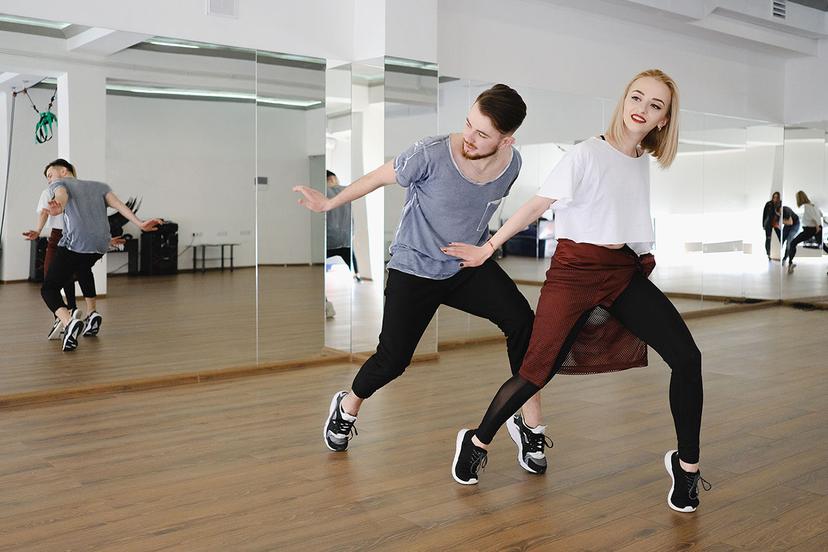Dance

Background
Dance is one of the oldest of the arts. Anthropologists believe that early tribal societies danced in ritual ceremonies asking gods or spirits for battle or hunting success. Dance was also used in early times by Egyptians, Israelites, and other groups for religious ceremonies and festivities. It was also part of Greek children's education, and featured in Greek comedy and tragedy. The Romans adopted and developed many of these dances as well.
By the beginning of the 18th century, ballet became a serious profession, moving out of the court and onto the stage, with its own schools, theaters, paid dancers, and choreographers. Noted choreographers and dancers were Jean-Philippe Rameau, Franz Hilverding, Jean-Georges Noverre, and Auguste Vestris. One of the oldest ballets still performed today is the French La Fille Mal Gardée, choreographed by Jean Dauberval.
Meanwhile, ballroom dancing remained popular with the aristocracy. The first public dance halls, called assembly rooms, opened in London in the mid-1700s, eventually spreading throughout Europe and America.
Pointe shoes and dancing on the toes became part of ballet toward the middle of the 19th century. As the Romantic movement developed, some of ballet's greatest masterpieces were written and debuted: La Sylphide, Swan Lake, Giselle, Sleeping Beauty, and The Nutcracker Suite, among others. Russian ballet became the center of attention late in the century.
Modern dance, developed in the early 1900s, began as a reaction against what was viewed as the formal, set techniques of ballet. Modern dance stressed a less structured, more personal approach to dance. Many modern dances did not tell a story, but expressed abstract concepts such as time, space, emotion, or movement for movement's sake. Among the American pioneers of modern dance were Loie Fuller, Isadora Duncan, Ruth St. Denis, and Ted Shawn. Later dancers from this school included Doris Humphrey, Charles Weidman, and Martha Graham, and their more contemporary successors, Merce Cunningham, Alvin Ailey, Twyla Tharp, and others.
The evolution of musical theater and musical comedy, both live on stage as well as in film and television, resulted in the popularity of many kinds of modern and classical dances, including ballet, modern, tap, jazz, folk, ethnic, and ballroom. Popular stage and film choreographers have included Jerome Robbins, Bob Fosse, Gower Champion, and Michael Bennett. In recent years, the popularity of prime-time television dance-competition shows such as Dancing with the Stars and So You Think You Can Dance have brought many styles of dance and choreography to a larger U.S. audience than ever before.
One sector of the industry, dance schools, continues to flourish throughout the 21st century, in many instances, thanks to the popularity of these television shows as well as movies popularizing certain types of dance.
The two leading dance school companies are Arthur Murray Dance Studios and Fred Astaire Dance Studios. Arthur Murray was the first company of its kind, incorporating in 1925. Fred Astaire's studios began operating later, in the mid-1940s. Both are franchised and owned by dance enthusiasts across the country and around the world. As of 2019, there were 270 Arthur Murray dance studios in 22 countries. That year, Fred Astaire Dance Studios had numerous locations throughout the United States, with large clusters of studios in California, Illinois, Florida, Texas, and the East Coast region. It also had sites in Poland, Austria, Jordan, Lebanon, and South Africa. Both Arthur Murray and Fred Astaire sold their shares of their respective companies in the 1960s but allowed their names to remain as part of the company's brand.
